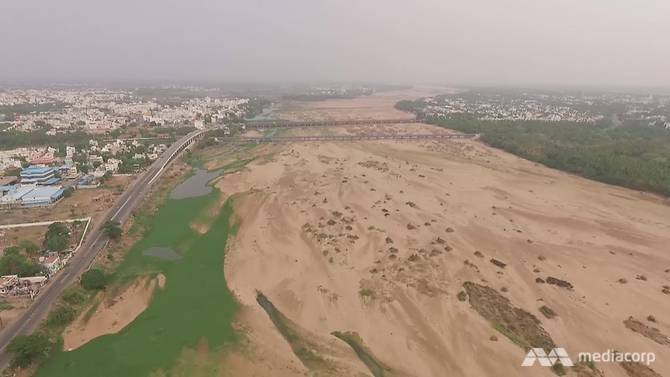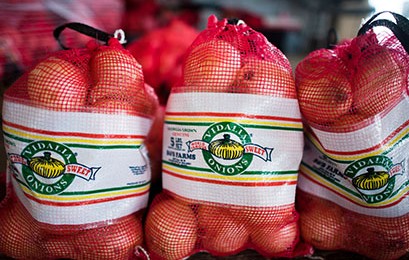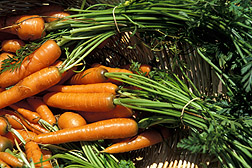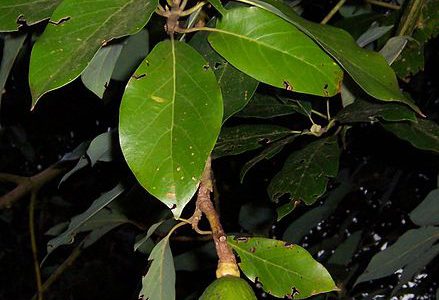Crops
-

The National Environmental Education Foundation published a short report this week on how changes in climate could affect agriculture in the future. While carbon dioxide is necessary for plants to grow and increased carbon dioxide does increase the growth of plants (both beneficial crops and weeds), it also can affect the length of the growing…
-

Channel News Asia has an eye-opening story about how a combination of drought and mismanagement of water supplies has caused a major river in South India to almost dry up. This is causing economic devastation and hardship to farmers growing rice in the area. You can read about how centralized irrigation systems have contributed to…
-

The Packer noted this week that the Vidalia onion crop this year is 15% larger than last year’s great crop, due in part to great weather during the harvesting season. Growers noted that the mid-March freeze that killed off most of Georgia’s blueberry crop only nipped a few leaves on the onions, which require several…
-

While floods and droughts are causing problems for farmers in the US, producers in other parts of the world are having their own difficulties dealing with the weather. Southern Europe is in the middle of a severe drought which is reducing the production of cereal grains and causing heat stress problems for cattle, according to…
-

The National Farmers Union posted an article late in June looking at the impact of smart irrigation techniques on adapting to changes in climate. By controlling the amount of water used in irrigation, farmers can save not only water, which is a valuable resource in its own right, but also fuel for pumps and improve…
-

Vegetable and Specialty Crop News posted an interesting story this week on the growth of the carrot industry in northeast Florida in recent years as producers are looking for new crops to grow. According to the story, the total number of acres produced in Florida is around 5,000 acres, which is small compared to bigger…
-

A lone female fungus-farming beetle inadvertently imported to Georgia may have been the source of a disease that has killed some 300 million redbay trees and threatens Florida’s avocado groves, researchers from Mississippi and Florida say in an article published in Online Athens. The ambrosia beetle has reproduced across many parts of the US, destroying…